What metrics are used to discover new cycling stars?
In an increasingly competitive cycling world, where the average level has intensified, the dream of every team is to have a cyclist as exceptional as Tadej Pogacar is right now. Signing younger cyclists and having the tools to identify them is the path chosen by leading teams to find this figure that will take them to stardom.
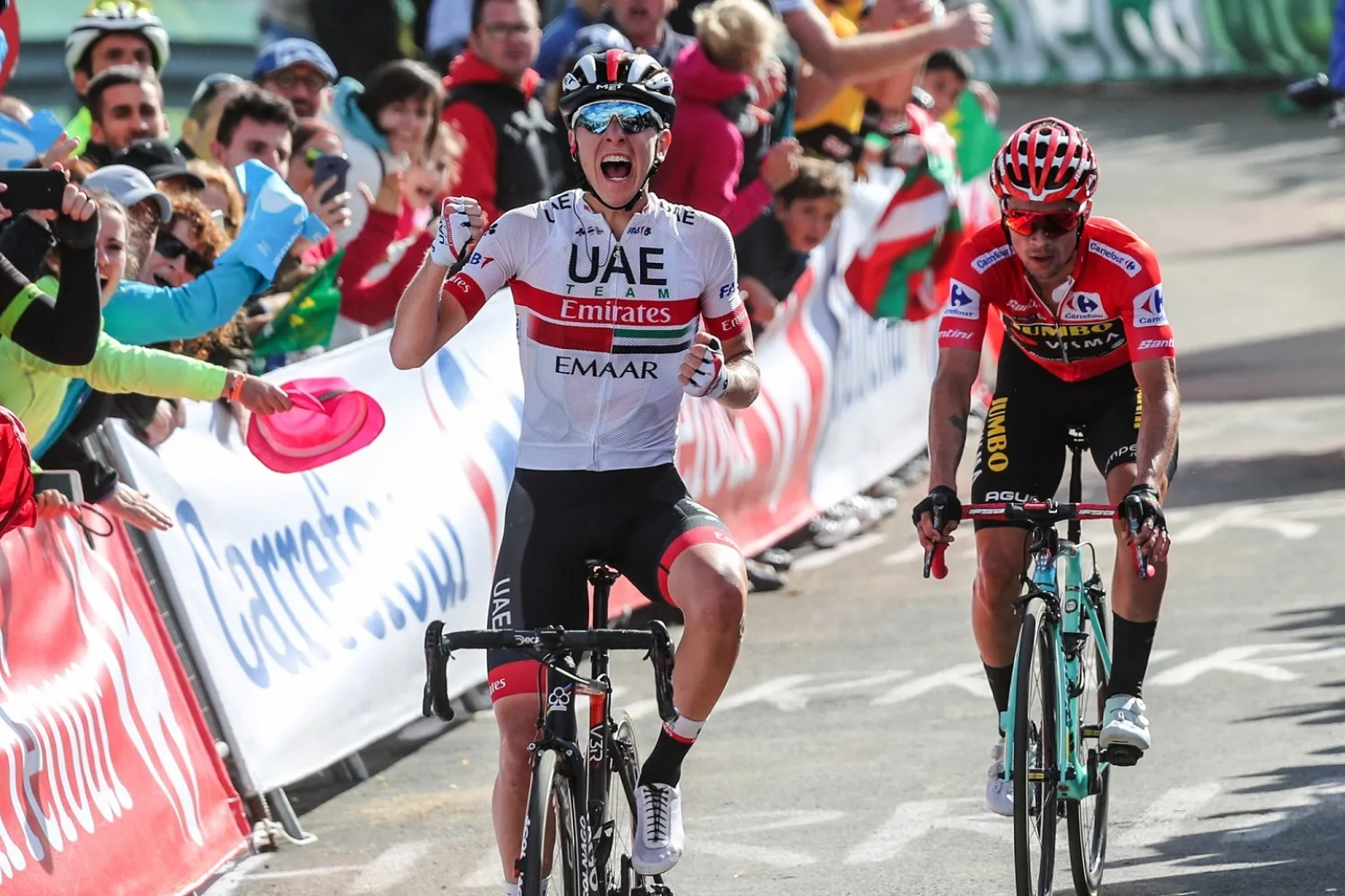
Data analysis becomes crucial in detecting future talents
Throughout all generations of cycling, there have been dominant cyclists, those references who, to a greater or lesser extent, were the ones who claimed the victories that brought both sporting and economic prestige to their teams. However, in today's cycling, the average level has risen to unimaginable extremes compared to decades ago, as evidenced by the continuous speed records or how the best times for various climbs keep falling one after another.
With such equality, it becomes tremendously difficult for a cyclist to stand out, something only achievable by a few chosen ones with the necessary physical and mental qualities to reach victory. Having these types of cyclists capable of winning races has become the top priority for cycling teams, which has completely changed the way they act regarding young talents.
RECOMENDADO
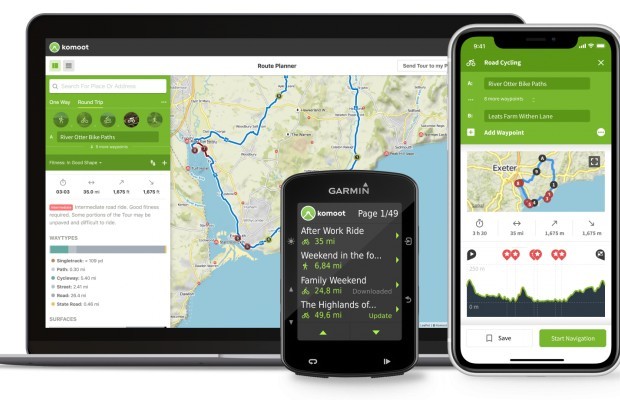
The best apps for cycling and mountain biking

Why wider tires in gravel are faster
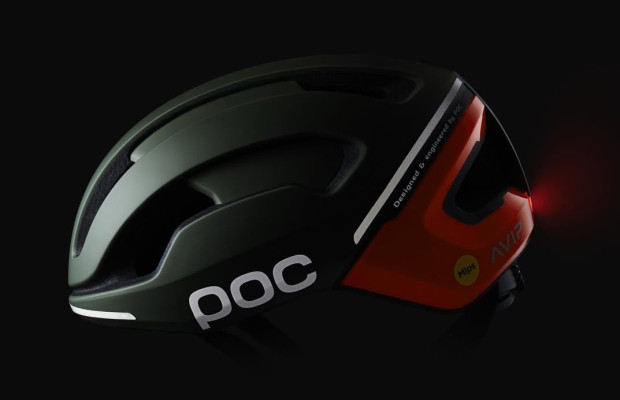
Black Friday 2025 cycling bargains: save on Garmin, POC, Maxxis and more
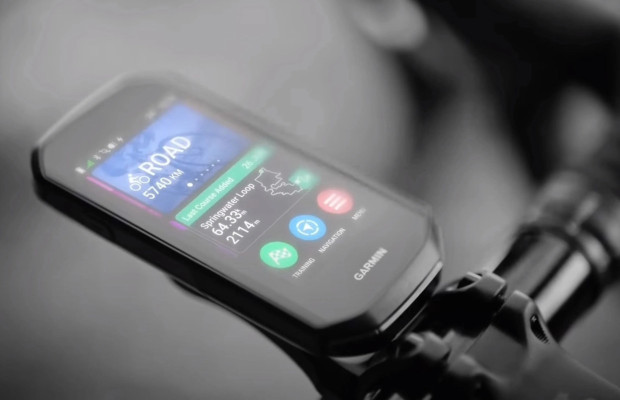
Black Friday Garmin 2025: the ultimate guide to choosing your GPS at the best price
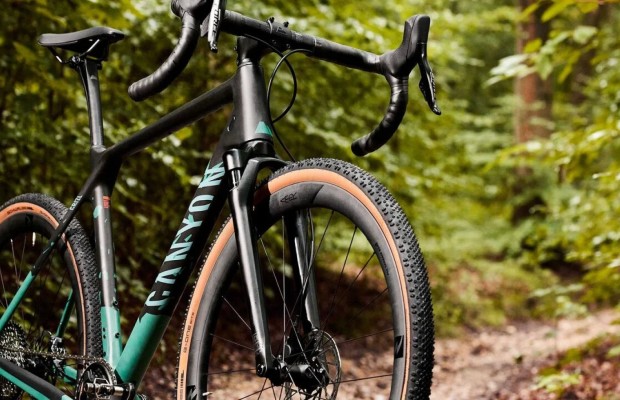
Do you need suspension on your gravel bike?
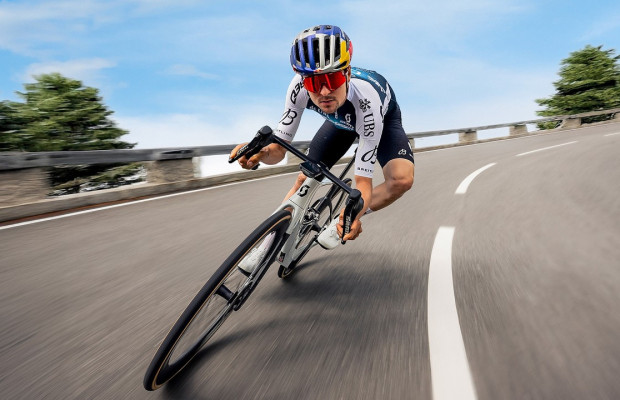
Countersteering, braking and cornering: the basics to improve your cornering skills

Traditionally, a cyclist's training would go through different stages, competing in various age categories. Cadet, junior, amateur - currently U23 - it was not until this last step that the cyclist would really start thinking about professionalism, and their leap to a team often depended on the results achieved in key events of the season that would lead a professional team to put a contract on the table.
Now all of that is changing, and teams are capturing riders from their very first steps in competition. To this end, almost all teams have been creating development squads that allow cyclists who have shown talent to compete under their umbrella and control. But how do teams determine at these ages which cyclists have the necessary potential to succeed?
Obviously, data is essential in a world where everything is measured. The famous W/kg that they can produce over different time ranges or power profiles, to which teams like Red Bull also add the quantification of absolute watts, that is, the raw power that the cyclist can generate when assessing both climbing ability and presumed performance on flat terrain or in time trials.
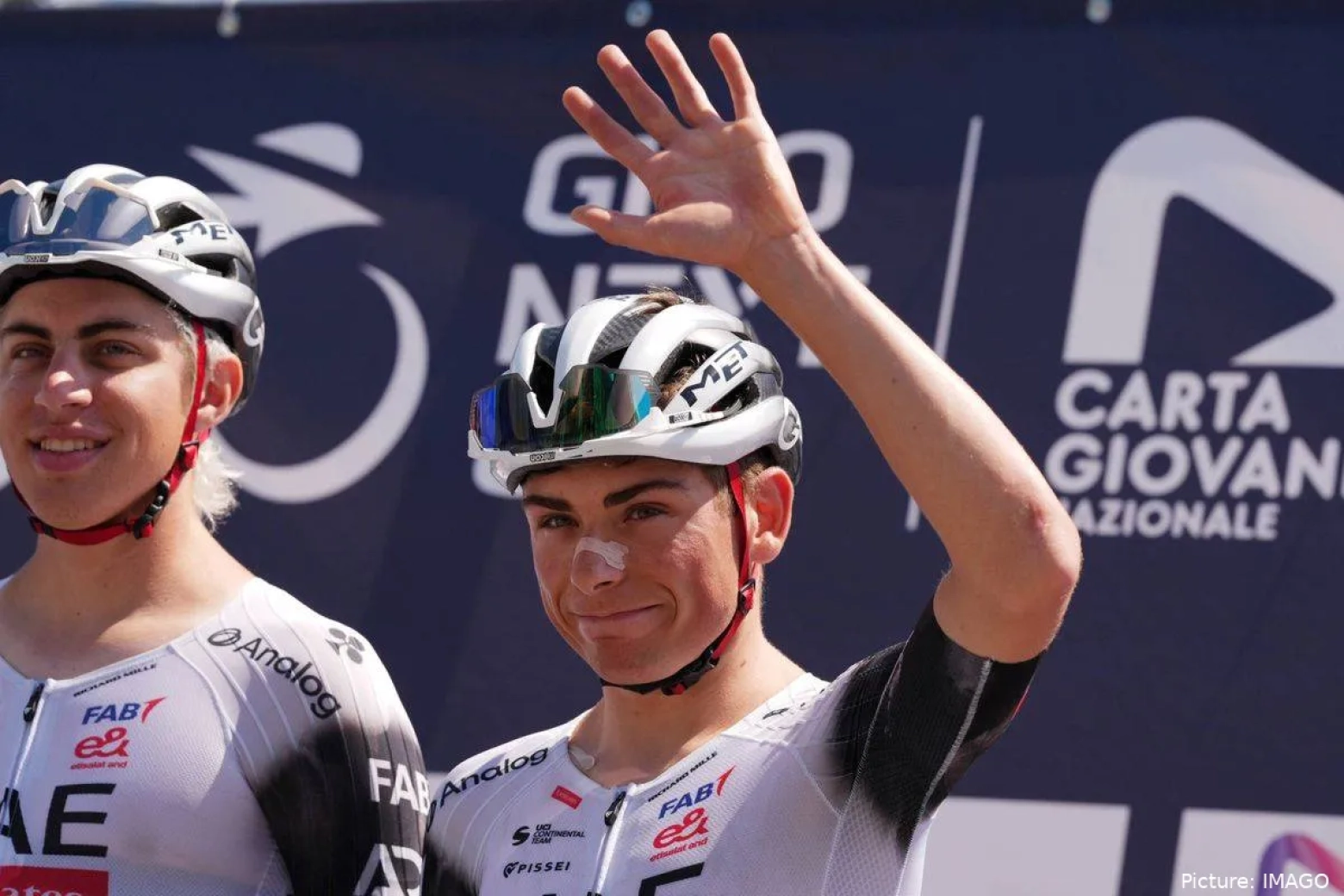
Measuring endurance capacity is also essential to determine a cyclist's potential. Not only the classic VO2max but also other metrics have been incorporated, such as the ability to perform above a certain energy expenditure, which currently seems to be set at a figure above 3000 kJ for an elite cyclist.
Apart from empirical data, teams also emphasize many other factors, starting with the psychological aspect. The mind is vital to achieve maximum performance, which is why teams seek to evaluate aspects such as the ability to endure pain or leadership skills in their young prospects. Other parameters are also taken into account, such as the ability to read races, even though these aspects are difficult to quantify.
Teams do not overlook other points, such as the cyclist's technical ability. It is of little use to have excellent numbers if the cyclist cannot keep pace on a descent or falls frequently.
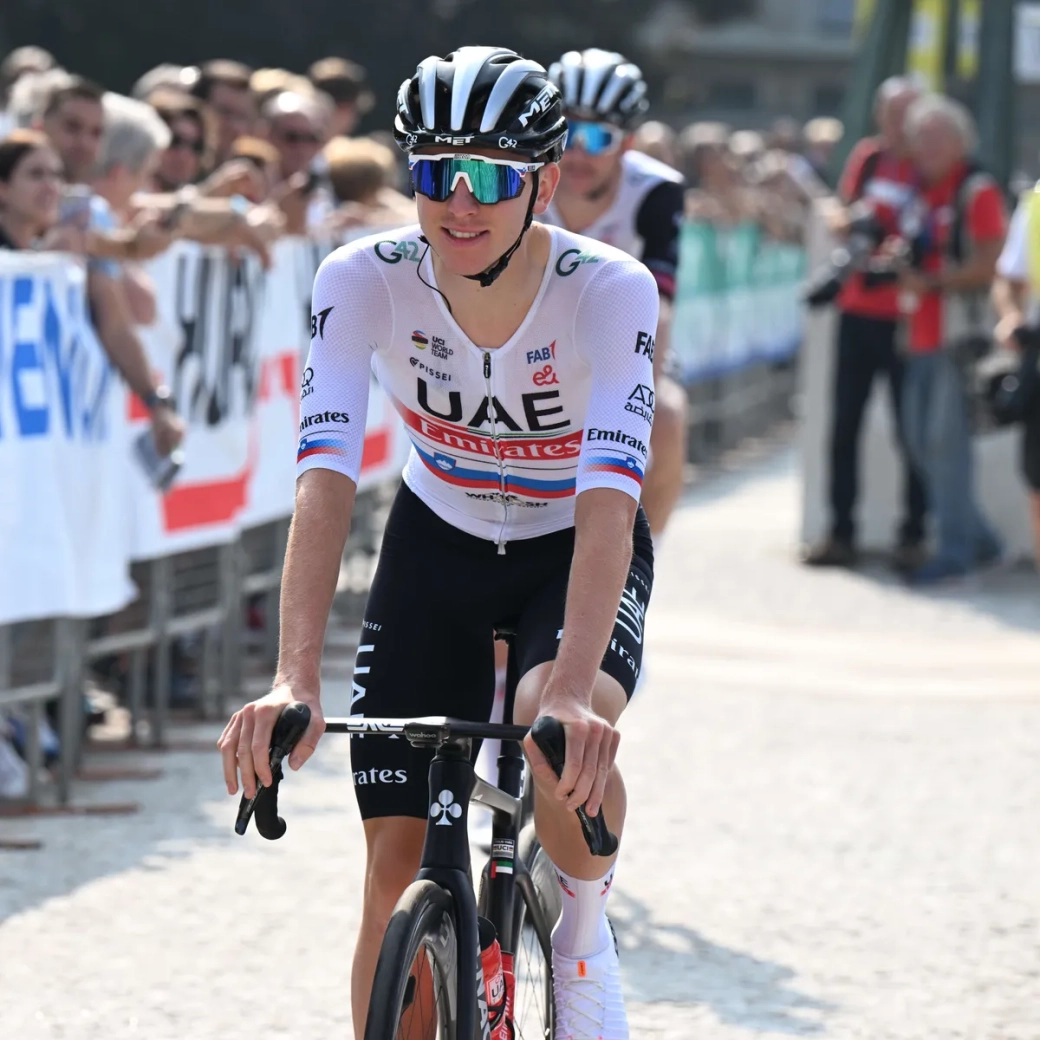
As has traditionally been done, the development of the cyclist is also taken into account. On one hand, when talking about the youngest cyclists, assessing the degree of maturity to know if the cyclist has reached the end of their development or is still in a growth phase and could improve the detected data. Related to this, how the cyclist achieves the detected performance is considered. It is not the same for a young cyclist who trains almost like a professional, who will have little room for improvement, as it is for another with much less training load.
Similarly, the cyclist's blood values are taken into account, as if these indicate, for example, a very high hematocrit, it will be difficult to improve the cyclist's data when altitude training is introduced.
All of this is mixed in a cocktail shaker by the performance managers to analyze which cyclists to incorporate into their development squads, where they undergo controlled evolution by the team so that, if the cyclist ultimately turns out to be a star, the team will have only invested in their development and not in a million-dollar signing that would mean incorporating them when they shine.
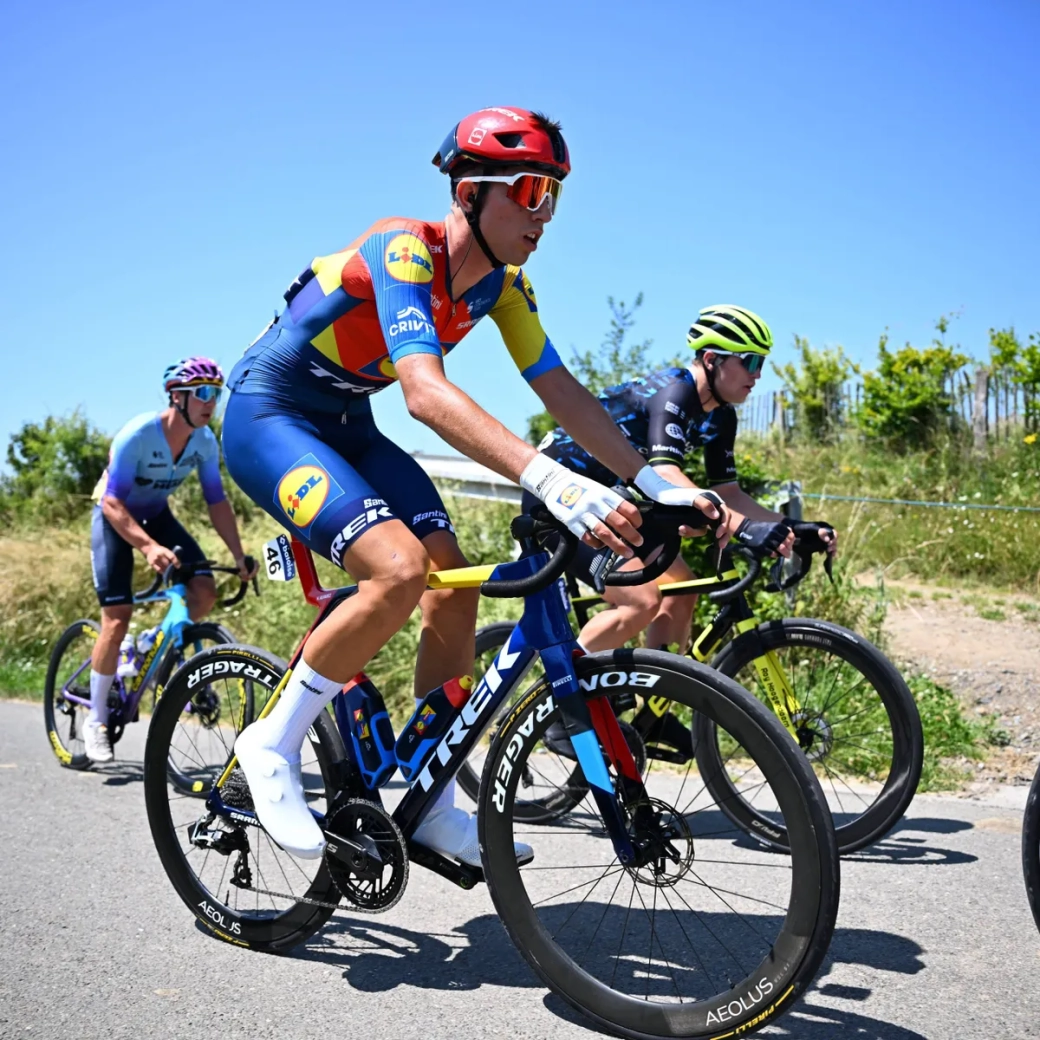
The latest cyclist seemingly destined for stardom is the young Paul Seixas, whose career, since the age of 16, has been linked to the Decathlon-AG2R La Mondiale structure, and in the recently concluded season, he has demonstrated at the highest level that he possesses the necessary qualities to, in the not-too-distant future, become one of the great stars of the peloton, to whom, as often happens in France, they have quickly attached the label of “next French winner of the Tour.”
However, we can find a good number of other names that teams have been incorporating at a very young age. Cyclists who show promise but need to mature to demonstrate whether they can truly consolidate the potential they display. Names like Marcos Freire, Adriá Pericas, Héctor Álvarez, or Benjamin Noval present a promising future. Time will tell if they ultimately become great stars.